 Yes, today this blog celebrates its 8th anniversary – it’s hard to believe that I’ve been doing this for such a long time…
Yes, today this blog celebrates its 8th anniversary – it’s hard to believe that I’ve been doing this for such a long time…
Much has happened in the Space Elevator field since I first began my missives. In no particular order they are:
 The Space Elevator Games – this joint venture between NASA and the Spaceward Foundation created lots of interest in the power-beaming and strong-tether technologies over its many year run. Games were held in California (Mountain View and Mojave), New Mexico and Utah and produced a winner (Lasermotive) that took home $900,000. It’s unfortunate that NASA didn’t renew the contract, but they have other ‘fish to fry’ these days. However, it’s good to know that there are still organizations and groups trying to push the boundary of power-beaming. For example, the Kansas City Space Pirates recently set an unofficial record for beam-powered flight.
The Space Elevator Games – this joint venture between NASA and the Spaceward Foundation created lots of interest in the power-beaming and strong-tether technologies over its many year run. Games were held in California (Mountain View and Mojave), New Mexico and Utah and produced a winner (Lasermotive) that took home $900,000. It’s unfortunate that NASA didn’t renew the contract, but they have other ‘fish to fry’ these days. However, it’s good to know that there are still organizations and groups trying to push the boundary of power-beaming. For example, the Kansas City Space Pirates recently set an unofficial record for beam-powered flight.
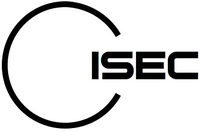 The birth of the International Space Elevator Consortium (ISEC). This organization began in 2008 and, after a rough first year, has found its way. I was privileged to be its President for four years and it is now in the capable hands of Dr. Peter Swan. This organization has taken up sponsorship of the American Space Elevator Conference, produces year-long studies on various aspects of Space Elevator Technology and also CLIMB, the Space Elevator Journal. Recently, ISEC created the Space Elevator Research and History Committees to further knowledge in this field. And hey, lets not forget the posters ISEC creates too…
The birth of the International Space Elevator Consortium (ISEC). This organization began in 2008 and, after a rough first year, has found its way. I was privileged to be its President for four years and it is now in the capable hands of Dr. Peter Swan. This organization has taken up sponsorship of the American Space Elevator Conference, produces year-long studies on various aspects of Space Elevator Technology and also CLIMB, the Space Elevator Journal. Recently, ISEC created the Space Elevator Research and History Committees to further knowledge in this field. And hey, lets not forget the posters ISEC creates too…
 The birth of the Japan Space Elevator Association (JSEA). This very active group holds a conference every year and hosts multiple competitions too. They have an active website and lots of members and are group of very good, committed people.
The birth of the Japan Space Elevator Association (JSEA). This very active group holds a conference every year and hosts multiple competitions too. They have an active website and lots of members and are group of very good, committed people.
 The Space Elevator Conferences. The American ones were originally hosted by the SESI organization and have now, as noted in a previous item, been taken over by ISEC. During the past few conferences, we’ve had luminaries such as Yuri Artsutanov and Jerome Pearson attend and give Keynote speeches and this year’s conference will be very exciting too, I’m sure. JSEA also hosts conferences in Japan each year and EuroSpaceward (apparently not active anymore, unfortunately) has hosted a few conferences in Europe where Space Elevator Technology and Research has played a central role.
The Space Elevator Conferences. The American ones were originally hosted by the SESI organization and have now, as noted in a previous item, been taken over by ISEC. During the past few conferences, we’ve had luminaries such as Yuri Artsutanov and Jerome Pearson attend and give Keynote speeches and this year’s conference will be very exciting too, I’m sure. JSEA also hosts conferences in Japan each year and EuroSpaceward (apparently not active anymore, unfortunately) has hosted a few conferences in Europe where Space Elevator Technology and Research has played a central role.
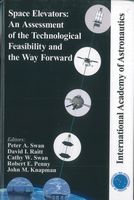 The International Academy of Astronautics released a report about Space Elevators (An Assessment of the Technological Feasibility and the Way Forward), the first comprehensive study of Space Elevators since Brad Edwards and Eric Westling’s seminal publication in 2002. This report has been just recently published and has received a lot of Press coverage.
The International Academy of Astronautics released a report about Space Elevators (An Assessment of the Technological Feasibility and the Way Forward), the first comprehensive study of Space Elevators since Brad Edwards and Eric Westling’s seminal publication in 2002. This report has been just recently published and has received a lot of Press coverage.
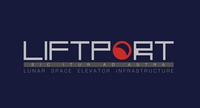 We’ve seen the growth and demise and then subsequent rebirth of LiftPort. They are now concentrating their efforts on building a Lunar space elevator. They were able to host a very successful Kickstarter campaign and raised a lot of money for their efforts.
We’ve seen the growth and demise and then subsequent rebirth of LiftPort. They are now concentrating their efforts on building a Lunar space elevator. They were able to host a very successful Kickstarter campaign and raised a lot of money for their efforts.
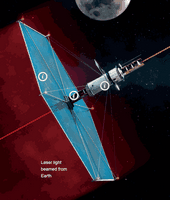 While the Space Elevator is a familiar concept in Japan (Gundam rocks!), publicity about this enterprise is growing in the western world too. There have been articles published about the Space Elevator in such world-wide publications as the National Geographic Magazine (both online and in print) and a Google Search on “Space Elevator” will now turn up hundreds and hundreds of hits of articles about this concept. Also, several fictional and non-fictional books about the Space Elevator (or with the Space Elevator as a backdrop) have been published. The idea of a Space Elevator is no longer a strange concept and I’m hopeful that this blog has had some small part to play in that.
While the Space Elevator is a familiar concept in Japan (Gundam rocks!), publicity about this enterprise is growing in the western world too. There have been articles published about the Space Elevator in such world-wide publications as the National Geographic Magazine (both online and in print) and a Google Search on “Space Elevator” will now turn up hundreds and hundreds of hits of articles about this concept. Also, several fictional and non-fictional books about the Space Elevator (or with the Space Elevator as a backdrop) have been published. The idea of a Space Elevator is no longer a strange concept and I’m hopeful that this blog has had some small part to play in that.
There have been many other developments in the Space Elevator field over this past eight years, too numerous to list here. I’ve highlighted major ones (IMHO) in my previous anniversary blogs: Year 1, Year 2, Year 3, Year 4, Year 5 and Year 6. No posting, sadly, for Year 7.
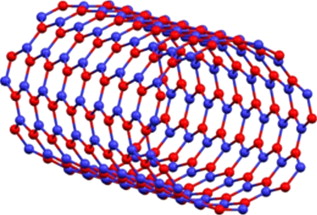 While all of this is good and exciting, we continue to wait for science & engineering to come up with the material strong enough to construct an earth-based Space Elevator tether. Research in the Carbon Nanotube tensile-strength field has not made the progress that many of us had hoped for by now, but on the grand scale of things, we’re still in the ‘early innings’ of this project. And research is now proceeding with a second material theoretically strong enough to build an earth-based Space Elevator tether from, Boron Nitride nanotubes. Options are good things!
While all of this is good and exciting, we continue to wait for science & engineering to come up with the material strong enough to construct an earth-based Space Elevator tether. Research in the Carbon Nanotube tensile-strength field has not made the progress that many of us had hoped for by now, but on the grand scale of things, we’re still in the ‘early innings’ of this project. And research is now proceeding with a second material theoretically strong enough to build an earth-based Space Elevator tether from, Boron Nitride nanotubes. Options are good things!
My faithful readers over the past several years have noted, I’m sure, this blog’s change in focus from “all-things Space Elevator” to “all-things ISEC”. This wasn’t deliberate, but was rather a side-effect of my being president of that organization for four years. Now that I’m no longer president (but I’m still very much involved as a Director and being in charge of publicity), the focus of this blog is returning to “all-things Space Elevator”.
So, thank you for reading and onward and upward!


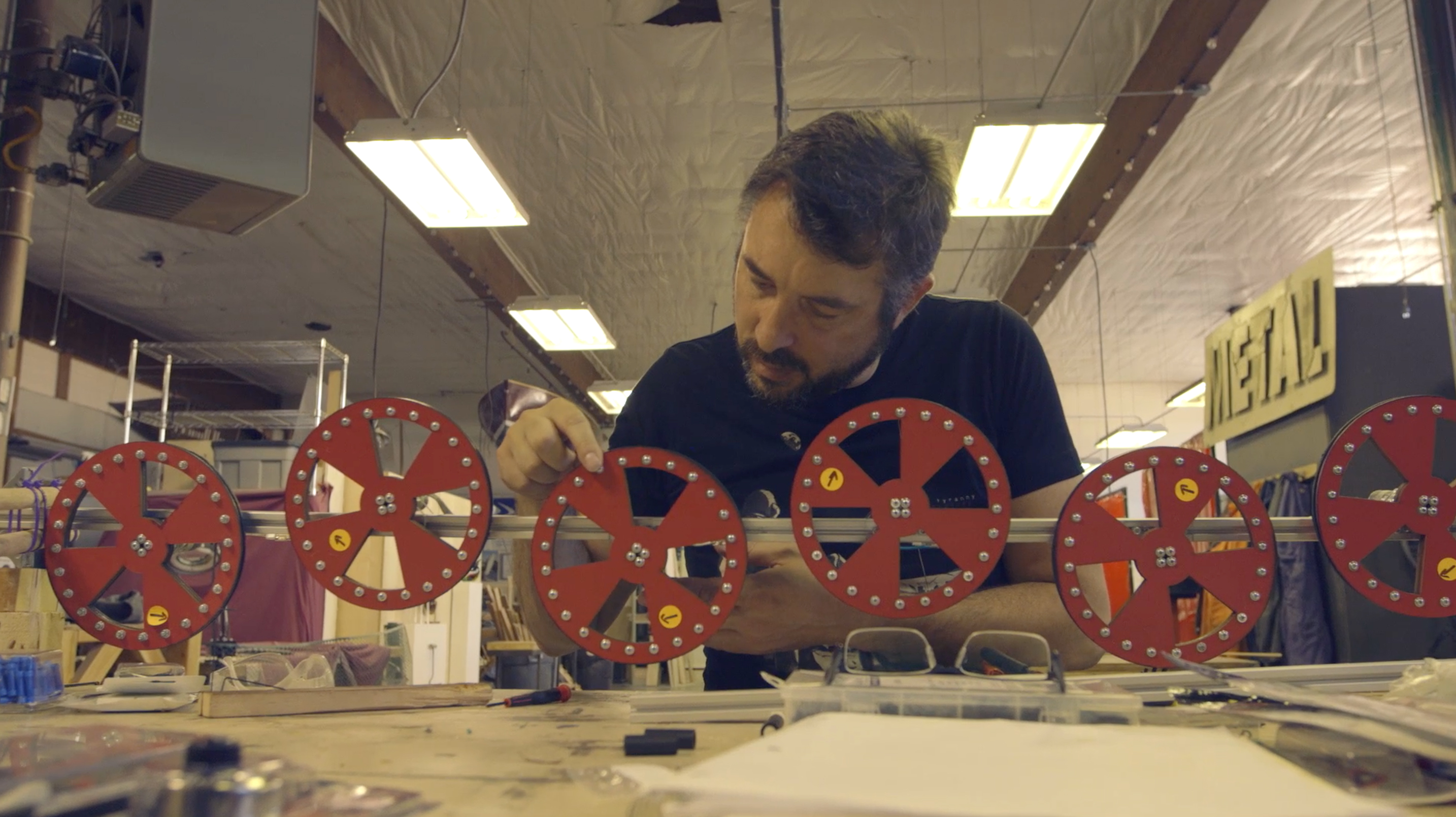
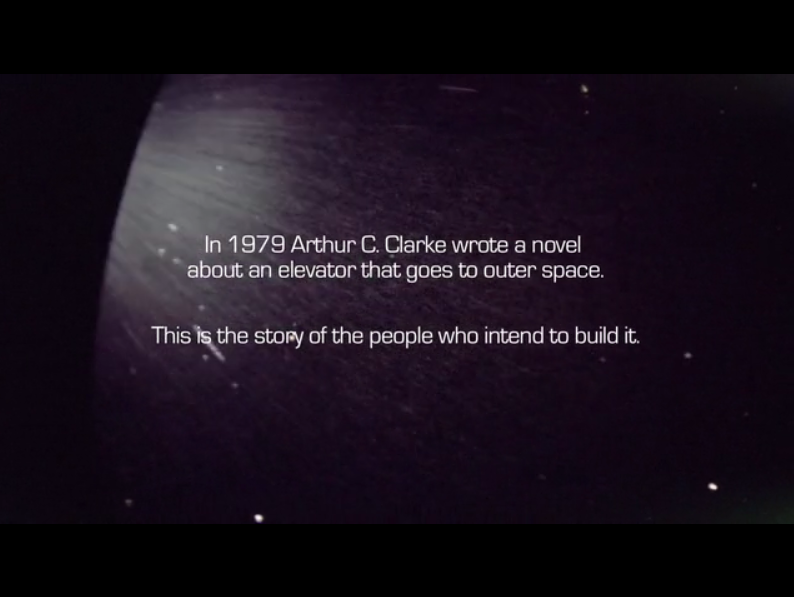 I have blogged earlier about Sky Line, the new Space Elevator Documentary being produced by Going Up! Films and have asked all of you to support their
I have blogged earlier about Sky Line, the new Space Elevator Documentary being produced by Going Up! Films and have asked all of you to support their 
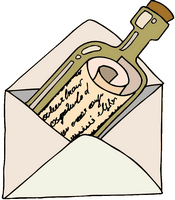 The September, 2014 ISEC eNewsletter has now been published and is available
The September, 2014 ISEC eNewsletter has now been published and is available 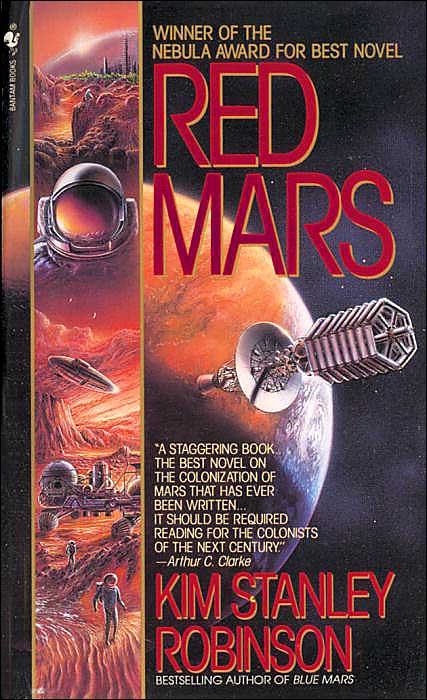
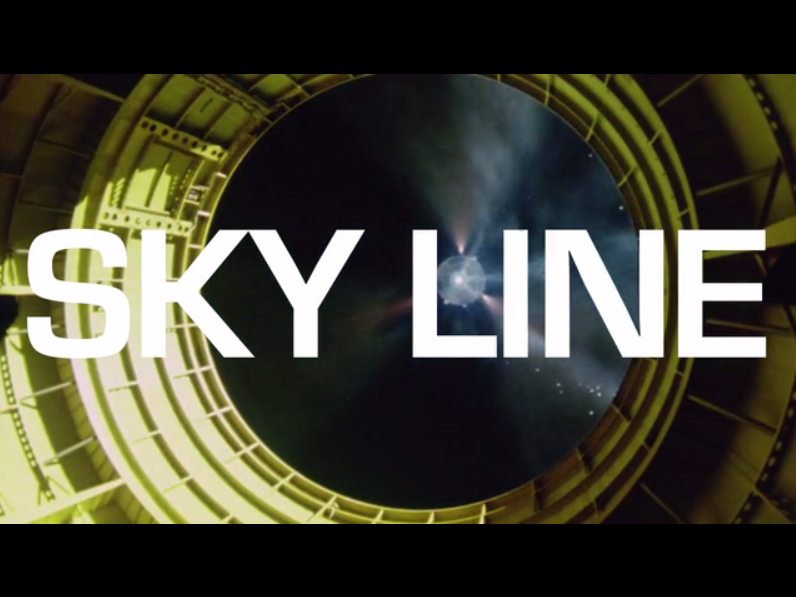 A new space elevator documentary is being created and it needs your help! The good folks over at Going Up! Films have been following all of the efforts in the space elevator arena for the past several years, interviewing and filming, and they are now ready to finalize the documentary film they are creating.
A new space elevator documentary is being created and it needs your help! The good folks over at Going Up! Films have been following all of the efforts in the space elevator arena for the past several years, interviewing and filming, and they are now ready to finalize the documentary film they are creating.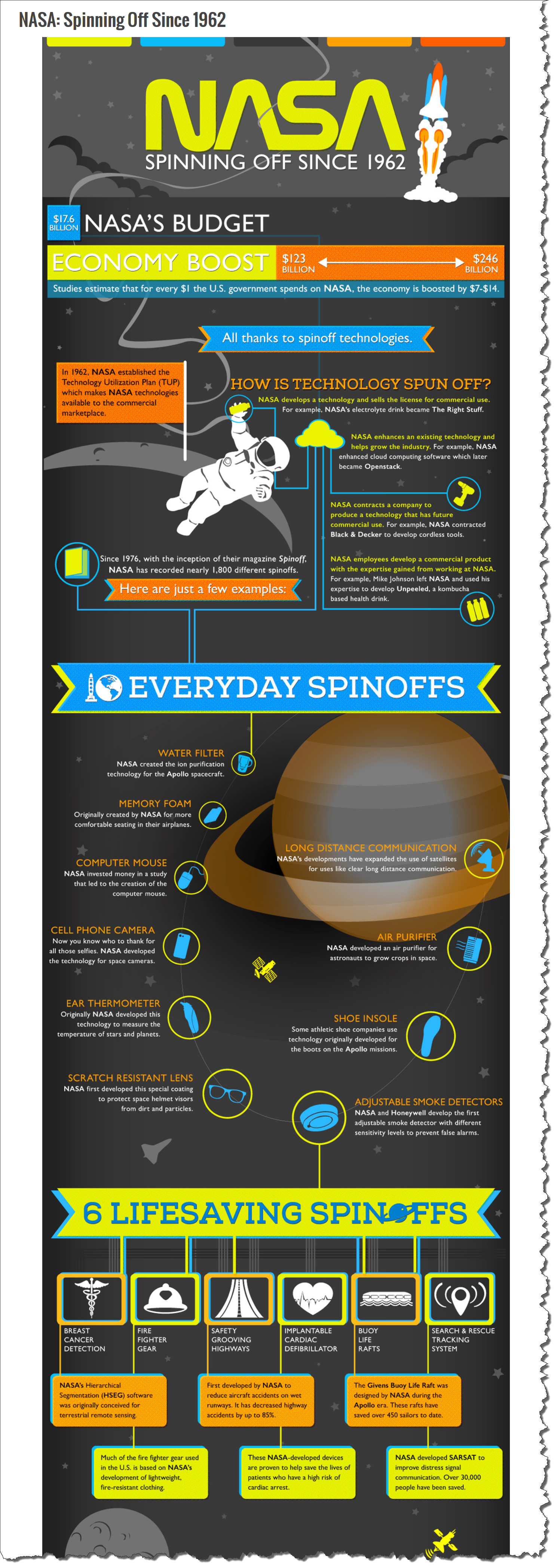
 In the
In the  The first graphic shows how a space elevator is “held up” by using the comparison to holding a stick with a rope attached to it and, the other end of the rope attached to some sort of counterweight. Spin the rope about your head (or, in the post’s example, spin your entire body) and, if you’re going fast enough, the rope will stick out straight from you towards the counterweight simulating the appearance of a space elevator. This is a common enough analogy, but does have its flaws. A space elevator is held up by balancing the forces of gravity and centrifugal force but this analogy is only demonstrating the centrifugal force portion. You (or the stick) have taken the place of gravity by holding the “earth-end” of the tether and keeping the counterweight from flying away. But I can’t think of a better way to demonstrate it and it does have the advantage of quickly being able to demonstrate the basic idea. In the graphic though, it shows Geostationary orbit (GEO) much closer to the counterweight than to the earth and the center of mass of the system at GEO (that’s where the arrows in the graphic seem to be pointing to). Using the standard
The first graphic shows how a space elevator is “held up” by using the comparison to holding a stick with a rope attached to it and, the other end of the rope attached to some sort of counterweight. Spin the rope about your head (or, in the post’s example, spin your entire body) and, if you’re going fast enough, the rope will stick out straight from you towards the counterweight simulating the appearance of a space elevator. This is a common enough analogy, but does have its flaws. A space elevator is held up by balancing the forces of gravity and centrifugal force but this analogy is only demonstrating the centrifugal force portion. You (or the stick) have taken the place of gravity by holding the “earth-end” of the tether and keeping the counterweight from flying away. But I can’t think of a better way to demonstrate it and it does have the advantage of quickly being able to demonstrate the basic idea. In the graphic though, it shows Geostationary orbit (GEO) much closer to the counterweight than to the earth and the center of mass of the system at GEO (that’s where the arrows in the graphic seem to be pointing to). Using the standard 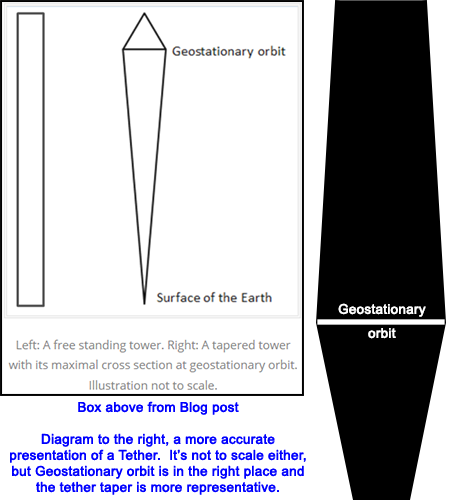
 Some months ago, Dr. Brad Edwards made an appearance at the
Some months ago, Dr. Brad Edwards made an appearance at the 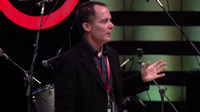 According to his talk, we now have the carbon nanotubes necessary to build a space elevator. Oh, if only that were true. I wish, I wish, I wish… Yes, there have been carbon nanotubes built which are 55 cm long and yes, there have been carbon nanotubes which have tested out at 200 GPa, but not at the
According to his talk, we now have the carbon nanotubes necessary to build a space elevator. Oh, if only that were true. I wish, I wish, I wish… Yes, there have been carbon nanotubes built which are 55 cm long and yes, there have been carbon nanotubes which have tested out at 200 GPa, but not at the  Several weeks ago, I was contacted by the people at
Several weeks ago, I was contacted by the people at 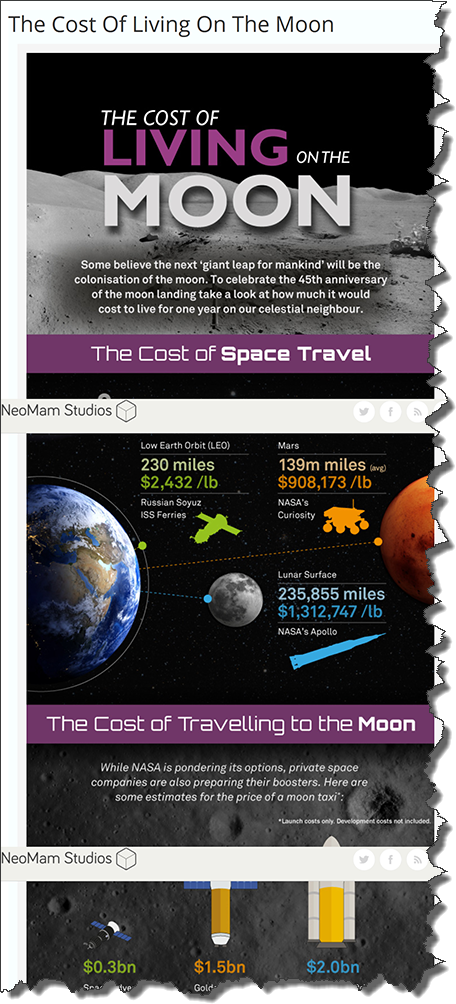
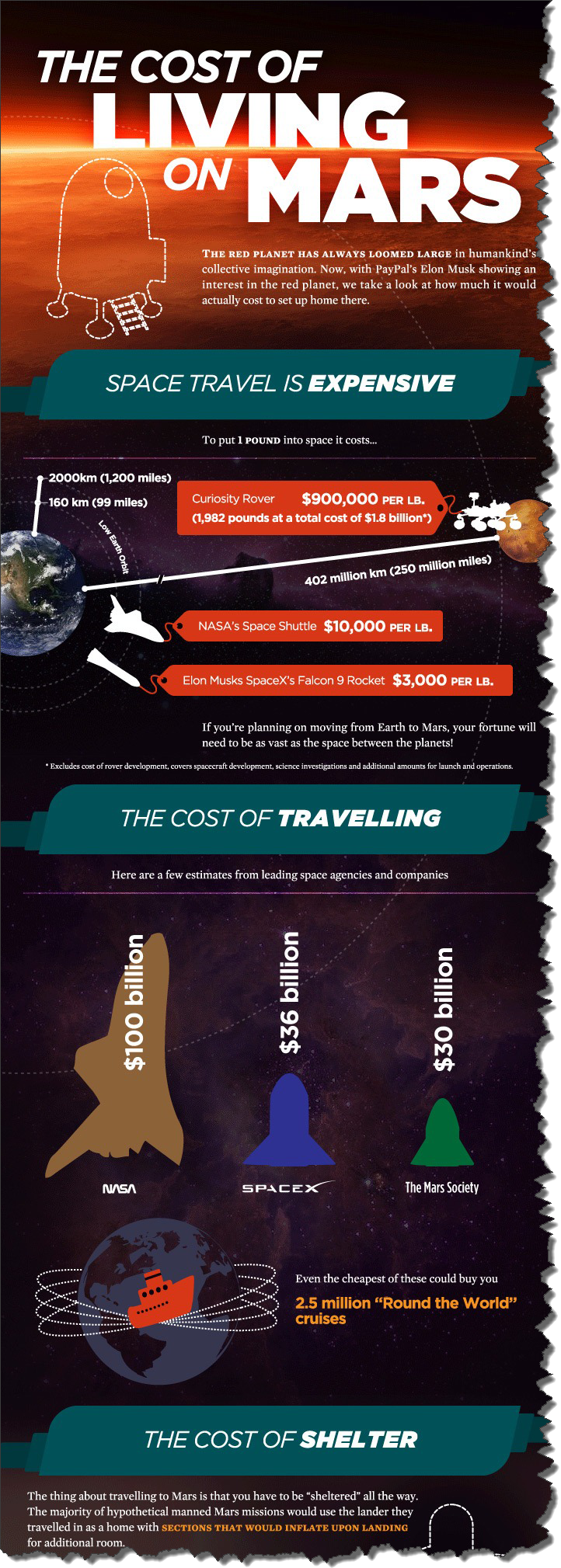
 CNBC’s John Schoen
CNBC’s John Schoen 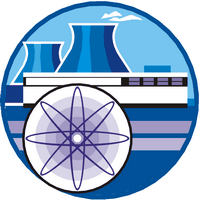 An idea that has been occasionally discussed is to use the space elevator to launch radioactive waste to the sun, a permanent waste disposal plan if there ever was one…
An idea that has been occasionally discussed is to use the space elevator to launch radioactive waste to the sun, a permanent waste disposal plan if there ever was one…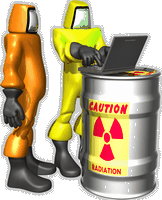 However, “paltry amount” is, as I said, relative, and therein lies the problem, IMHO.
However, “paltry amount” is, as I said, relative, and therein lies the problem, IMHO. Each year, the
Each year, the 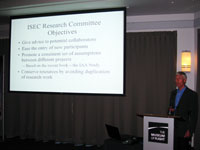
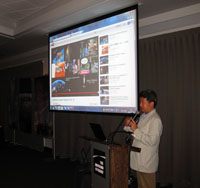
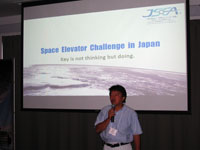
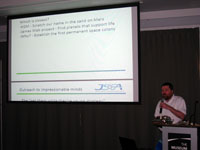
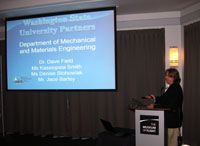
 The afternoon sessions were all technical ones and I think it’s safe to say all attendees learned a lot. It’s hard for me to pick a favorite, but I must comment on the final session of the day, on Weather; how it can be measured, how it can be forecast and what it means for a space elevator. The presenter, Winifred Crawford ended her presentation with the suggestion that we start recruiting a meteorologist (or two) and freely admitted that she was hooked on the concept of the Space Elevator.
The afternoon sessions were all technical ones and I think it’s safe to say all attendees learned a lot. It’s hard for me to pick a favorite, but I must comment on the final session of the day, on Weather; how it can be measured, how it can be forecast and what it means for a space elevator. The presenter, Winifred Crawford ended her presentation with the suggestion that we start recruiting a meteorologist (or two) and freely admitted that she was hooked on the concept of the Space Elevator.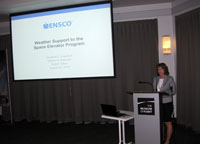
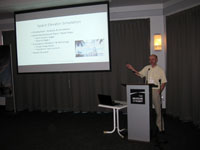
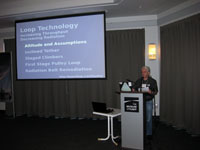
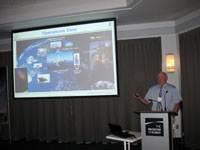
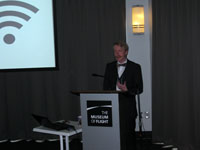
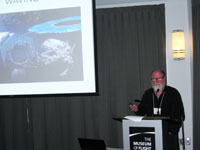
 It’s Friday, August 22nd, 2014 and that means it’s the first day of the 2014
It’s Friday, August 22nd, 2014 and that means it’s the first day of the 2014  I’m bringing all this up because when I left the hotel this morning, riding down in the elevator with me was a young couple and the lady was wearing a Chicago Blackhawks TShirt. I commented to them that “I like your TShirt”. They smiled and asked me if I was from Chicago. When I said I was, they said they were too. I asked them if they were going to watch the Bears-Seahawks game tonight and they said they were actually going – they had tickets! I’m jealous.
I’m bringing all this up because when I left the hotel this morning, riding down in the elevator with me was a young couple and the lady was wearing a Chicago Blackhawks TShirt. I commented to them that “I like your TShirt”. They smiled and asked me if I was from Chicago. When I said I was, they said they were too. I asked them if they were going to watch the Bears-Seahawks game tonight and they said they were actually going – they had tickets! I’m jealous.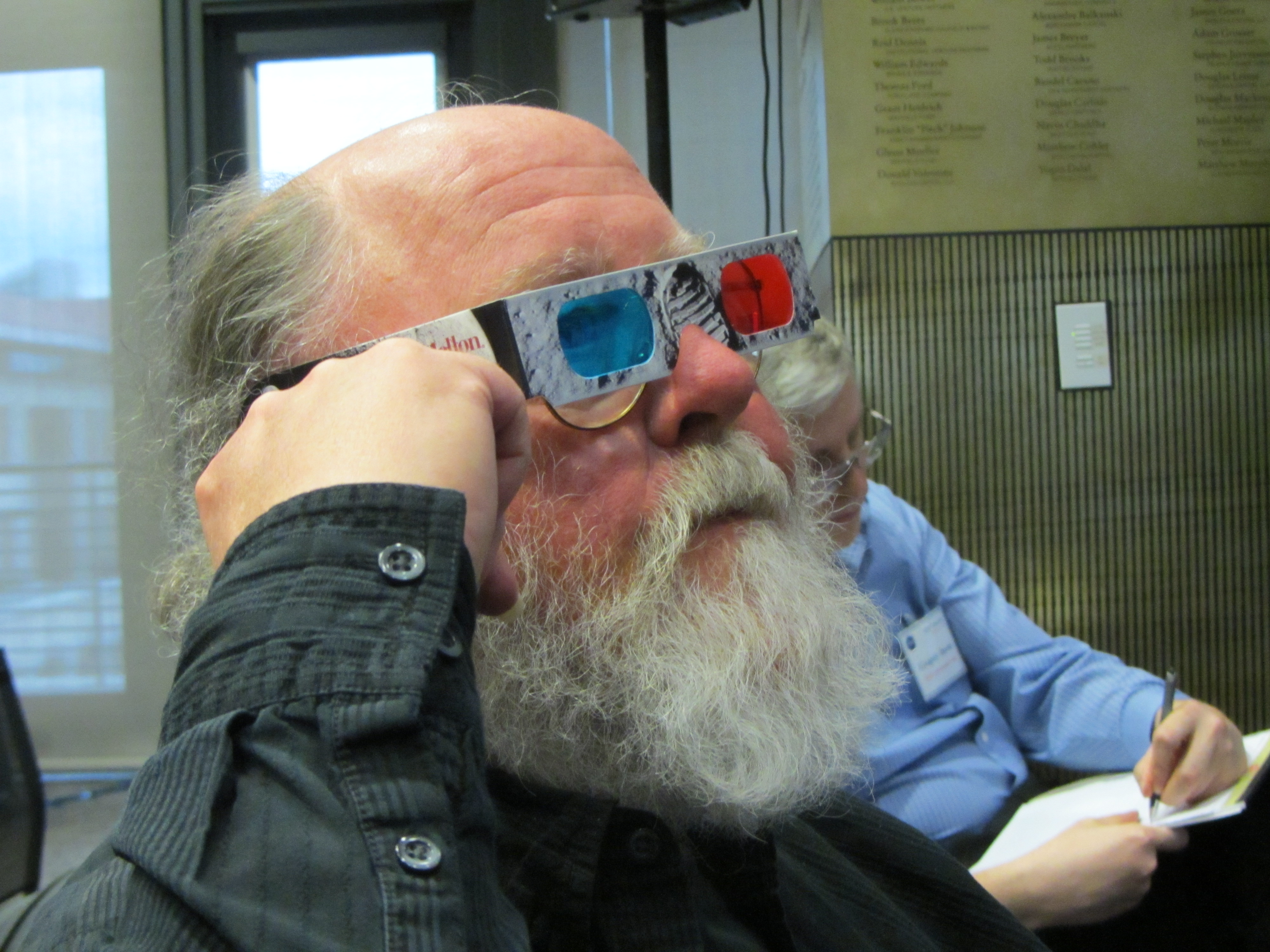 Science writer Leonard David is going to be attending the upcoming
Science writer Leonard David is going to be attending the upcoming  Registration for the upcoming
Registration for the upcoming 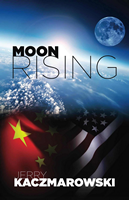
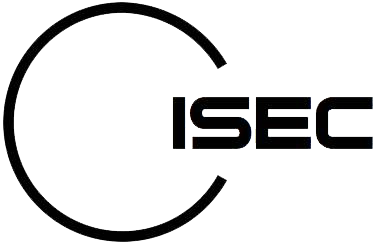 The July, 2014 issue of the ISEC eNewsletter is hot off the presses. You can access it
The July, 2014 issue of the ISEC eNewsletter is hot off the presses. You can access it 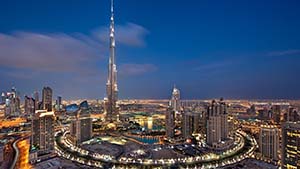 The second video discusses tall structures built by humans and ends in speculation about building a space elevator. Nice to see that the author/narrator (
The second video discusses tall structures built by humans and ends in speculation about building a space elevator. Nice to see that the author/narrator ( Yes, they take such things very seriously in the Middle East (and, I assume, wherever Muslims live in great numbers). I lived in Saudi Arabia for eight years and, during the times I was in-Kingdom for Ramadan (Eid Al-Fitr) and/or Islamic New Years (Eid al-Adha), I was greatly intrigued by the attention that was paid to this. The newspapers would project the actual clock times these events would begin. For Ramadan, as noted above, it was when the sun set on a certain day. For New Years, it was the first sighting of the new crescent moon during the proper lunar cycle. When this happened for New Years (in Jeddah, at least) a ceremonial cannon would be fired and the person who first sighted the new moon would win a prize. There is a story (probably apocryphal) about someone who happened to walk in front of the ceremonial cannon just as it was set off and was blown to bits. No, I don’t believe it either…
Yes, they take such things very seriously in the Middle East (and, I assume, wherever Muslims live in great numbers). I lived in Saudi Arabia for eight years and, during the times I was in-Kingdom for Ramadan (Eid Al-Fitr) and/or Islamic New Years (Eid al-Adha), I was greatly intrigued by the attention that was paid to this. The newspapers would project the actual clock times these events would begin. For Ramadan, as noted above, it was when the sun set on a certain day. For New Years, it was the first sighting of the new crescent moon during the proper lunar cycle. When this happened for New Years (in Jeddah, at least) a ceremonial cannon would be fired and the person who first sighted the new moon would win a prize. There is a story (probably apocryphal) about someone who happened to walk in front of the ceremonial cannon just as it was set off and was blown to bits. No, I don’t believe it either…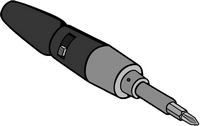 Sometimes the simplest ideas are the best. A couple of weeks ago, the Technion Institute in Israel held a Space Elevator competition (I’ve previously posted about this competition
Sometimes the simplest ideas are the best. A couple of weeks ago, the Technion Institute in Israel held a Space Elevator competition (I’ve previously posted about this competition  The latest ISEC eNewsletter is hot off the presses and can be found
The latest ISEC eNewsletter is hot off the presses and can be found  This is cool. The father of the modern-day concept of the space elevator (and a guest at the 2010 ISEC Space Elevator Conference) Yuri Artsutanov, will be one of the judges at a Space Elevator contest being held next Wednesday, June 18th, in Israel.
This is cool. The father of the modern-day concept of the space elevator (and a guest at the 2010 ISEC Space Elevator Conference) Yuri Artsutanov, will be one of the judges at a Space Elevator contest being held next Wednesday, June 18th, in Israel.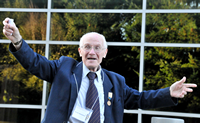 “
“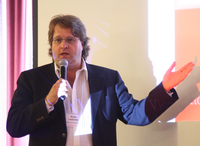
 The
The  ISEC is very pleased to announce that long-time science writer Leonard David will be giving the Keynote speech at the conference. I’ve read (and linked to his writings) for many years now and look forward to a) hearing what he has to say and b) finally being able to meet him. His list of accomplishments, writings and awards is too long to list here – check out the April eNewsletter for a partial list.
ISEC is very pleased to announce that long-time science writer Leonard David will be giving the Keynote speech at the conference. I’ve read (and linked to his writings) for many years now and look forward to a) hearing what he has to say and b) finally being able to meet him. His list of accomplishments, writings and awards is too long to list here – check out the April eNewsletter for a partial list. An
An  An article that has been making the rounds recently seems to confirm that GoogleX, once upon a time, was interested in building a Space Elevator. This story has been reported in several outlets but they all seem to come from
An article that has been making the rounds recently seems to confirm that GoogleX, once upon a time, was interested in building a Space Elevator. This story has been reported in several outlets but they all seem to come from  Registration is now
Registration is now  Yes, today this blog celebrates its 8th anniversary – it’s hard to believe that I’ve been doing this for such a long time…
Yes, today this blog celebrates its 8th anniversary – it’s hard to believe that I’ve been doing this for such a long time… The Space Elevator Games
The Space Elevator Games The birth of the
The birth of the  The birth of the
The birth of the 
 The International Academy of Astronautics released a report about Space Elevators (
The International Academy of Astronautics released a report about Space Elevators ( We’ve seen the growth and demise and then subsequent rebirth of
We’ve seen the growth and demise and then subsequent rebirth of  While the Space Elevator is a familiar concept in Japan (
While the Space Elevator is a familiar concept in Japan ( While all of this is good and exciting, we continue to wait for science & engineering to come up with the material strong enough to construct an earth-based Space Elevator tether. Research in the Carbon Nanotube tensile-strength field has not made the progress that many of us had hoped for by now, but on the grand scale of things, we’re still in the ‘early innings’ of this project. And research is now proceeding with a second material theoretically strong enough to build an earth-based Space Elevator tether from, Boron Nitride nanotubes. Options are good things!
While all of this is good and exciting, we continue to wait for science & engineering to come up with the material strong enough to construct an earth-based Space Elevator tether. Research in the Carbon Nanotube tensile-strength field has not made the progress that many of us had hoped for by now, but on the grand scale of things, we’re still in the ‘early innings’ of this project. And research is now proceeding with a second material theoretically strong enough to build an earth-based Space Elevator tether from, Boron Nitride nanotubes. Options are good things! The latest issue of the ISEC eNewsletter has just been released. Lots of good information in this issue including how to register for the upcoming 2014 Space Elevator Conference (you ARE going, aren’t you?), updates on the ISEC Research Committee, ISEC being a supporter of the upcoming NSS/ISDC conference and more.
The latest issue of the ISEC eNewsletter has just been released. Lots of good information in this issue including how to register for the upcoming 2014 Space Elevator Conference (you ARE going, aren’t you?), updates on the ISEC Research Committee, ISEC being a supporter of the upcoming NSS/ISDC conference and more.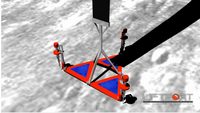 As many people who follow developments in the Space Elevator ‘arena’ are aware, LiftPort has turned its attention to developing a Lunar Space Elevator. Leonard David, SPACE.com’s “Space Insider Columnist’ recently
As many people who follow developments in the Space Elevator ‘arena’ are aware, LiftPort has turned its attention to developing a Lunar Space Elevator. Leonard David, SPACE.com’s “Space Insider Columnist’ recently  The official announcement for the 2014 Space Elevator Conference and its associated Call for Papers has been released. You can view the announcement
The official announcement for the 2014 Space Elevator Conference and its associated Call for Papers has been released. You can view the announcement 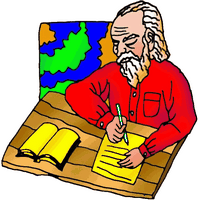 The February, 2014 ISEC eNewsletter is hot off the presses and can be accessed
The February, 2014 ISEC eNewsletter is hot off the presses and can be accessed 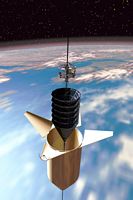
 For the month of February only, ISEC has launched a Membership drive which features reduced rates for Professional and Student Level members! This applies to renewals and new members. Professional level membership can be purchased/renewed for only $58 (normally $68) while Student level membership can be purchased/renewed for only $20 (normally $25).
For the month of February only, ISEC has launched a Membership drive which features reduced rates for Professional and Student Level members! This applies to renewals and new members. Professional level membership can be purchased/renewed for only $58 (normally $68) while Student level membership can be purchased/renewed for only $20 (normally $25).